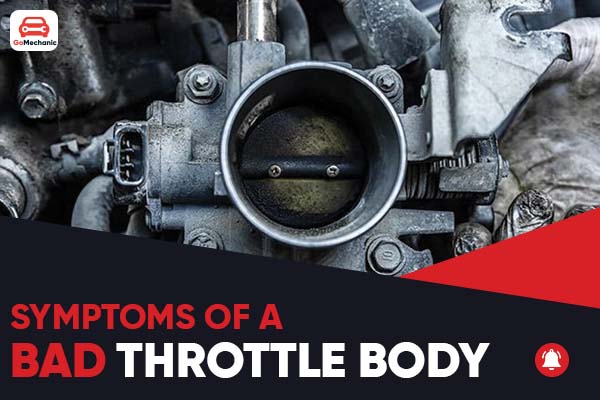Experiencing a Bad Throttle Body? 7 Symptoms to Watch For!
In modern cars, the throttle body plays an important role in the air intake system. It controls the amount of air that flows into the engine, which then burns up the fuel in the cylinders. At any point in time, for the engine to run in its optimal condition, allowing the right amount of air to enter is essential. However, when the throttle body becomes dirty, malfunctions, or becomes clogged, it obstructs the airflow into the engine. This obstruction can lead to a variety of performance issues and even result in unburnt fuel passing through the exhaust system. To help you detect these problems early on, here are 7 common symptoms of a faulty or deteriorating throttle body.
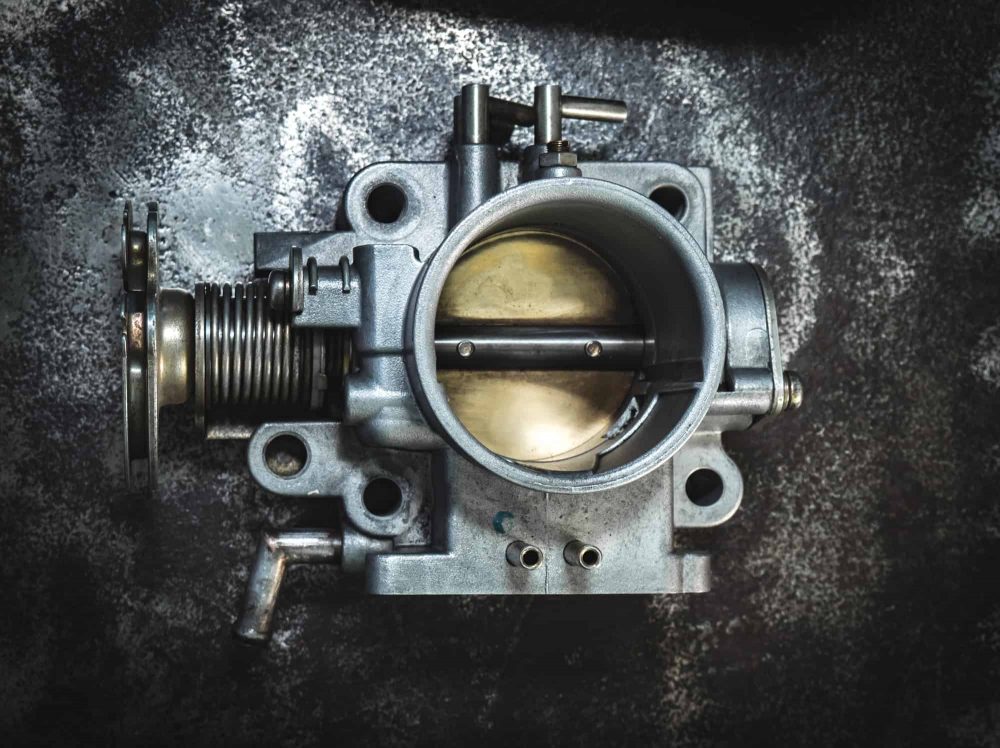
Normally when the throttle body is working correctly, it synchronizes with the fuel intake and the accelerator pedal. Press the accelerator and the flow of fuel is increased into the engine and the throttle body pulls in extra air to burn the extra fuel, allowing your vehicle to perform as it should and run smoothly.
The symptoms are as follows,
-
Lack of Power

Lack of Power When the throttle body is not functioning properly, it can lead to an imbalance in the air-to-fuel mixture, resulting in reduced power and inadequate acceleration performance. Ideally, when you press the accelerator, it should facilitate the intake of more air to complement the excess fuel supply, However if the throttle body is malfunctioning, it may not allow sufficient air intake, thereby failing to generate the expected surge in power.
-
Issues while accelerating

Issues while accelerating Since there is a lack of power, the acceleration of the car will have issues. The car will either have uneven acceleration or it won’t accelerate after a certain point, and both cause issues not only to the power and mileage but also to the longevity of the engine.
-
Higher or Lower Idling
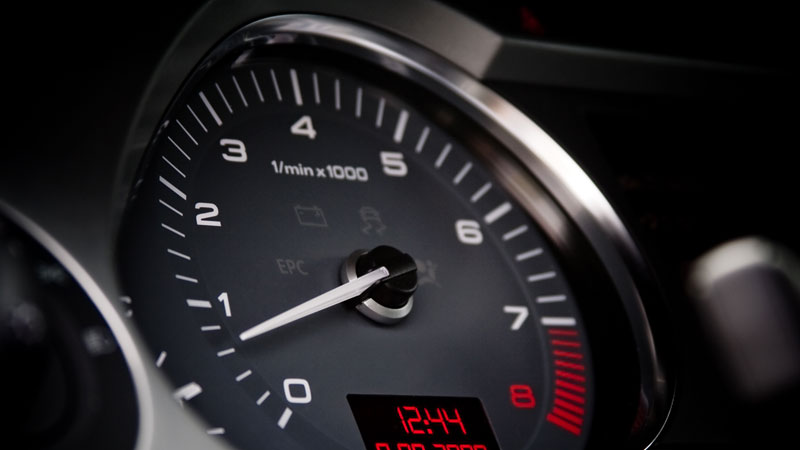
Higher or Lower Idling When the throttle body is not functioning effectively, a common indicator is poor or low idling. This included scenarios such as the engine stalling after coming to a stop, experiencing an excessively low idle speed upon startup, or stalling when the accelerator pedal is rapidly pressed. The accumulation of dirt within the throttle body disrupts the airflow, causing turbulence and resulting in fluctuating idle speeds.
-
Dirt or Grime build-up
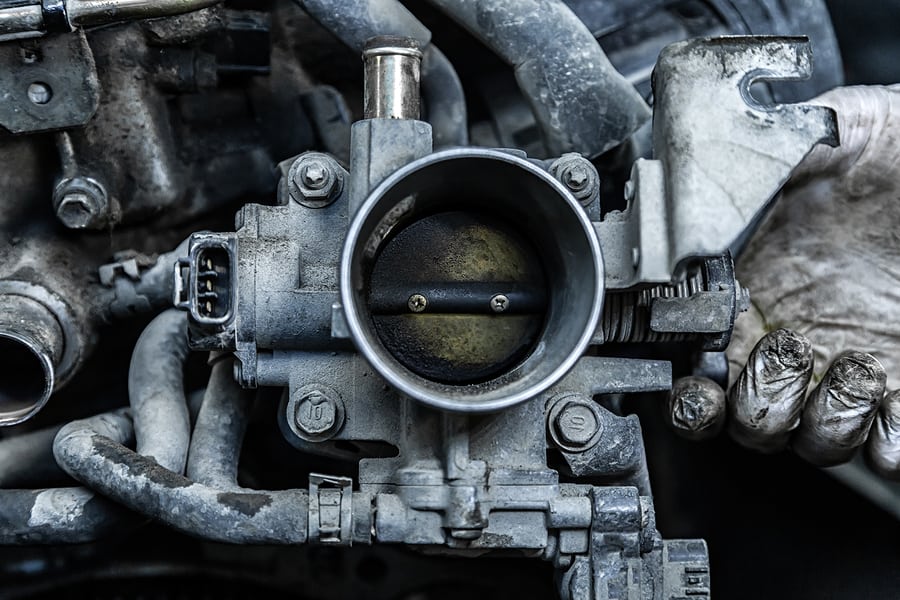
Dirt or Grime build-up One of the main issues why the throttle body get clogged is due to the accumulation of dirt and grime within the part, which is also known as coking. This creates a rough surface, that disturbs the air-fuel flow and diminishes the engine’s effectiveness. Similarly, carbon deposits can also contribute to this issue by creating an uneven surface within the throttle body.
-
Poor Mileage
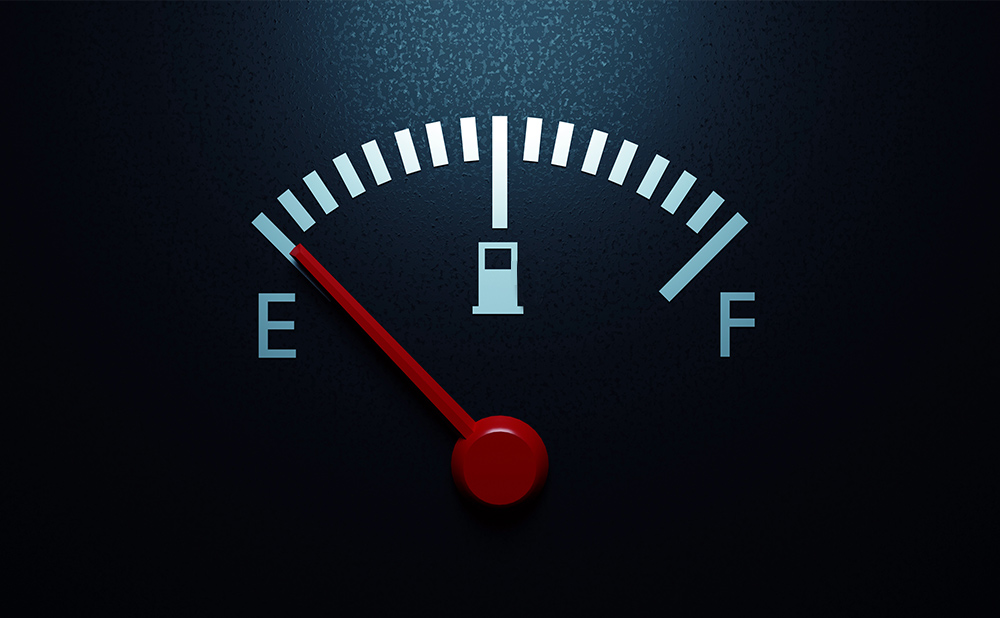
Poor Mileage The fuel economy of a car will be severely impacted by a choking throttle body. The ideal way of measuring the mileage is the “full tank to full tank” method. You first put a full tank of fuel, make a note of the odometer readings or set one of the trip meters to zero and then travel a few hundred kilometers. Fill the tank again and make a note of the total amount of fuel consumed. The distance divided by the amount of fuel consumed will give you a clear idea of your car’s mileage. If there is a variation of more than 15%, then there is a high chance that the throttle body is experiencing issues.
-
Electrical Problems
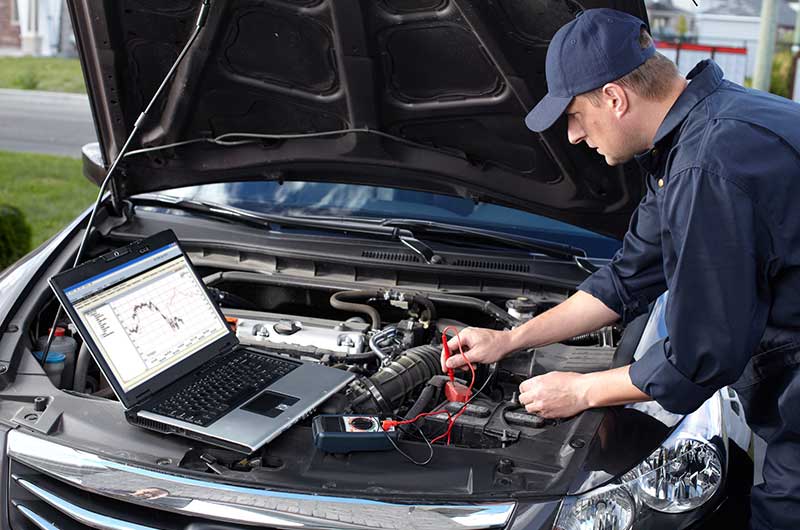
Electrical Problems With cars becoming more dependent on sensors and electronics these days, electronic wiring functions as a nervous system. If the throttle body’s electronic sensor is covered in dirt, this will result in unnecessary corrections to the air-fuel mixture. In response, some cars may activate a secondary power-reduced mode, which typically requires attention from a service mechanic. . For cars which do not have this feature, there are other methods like reducing power, limiting the engine RPM, etc.
-
Check Engine Light

Check Engine Light
Let us know which other issue or solution you would like to know more about. We will be more than happy to help and guide you in the right way.
